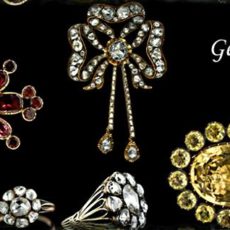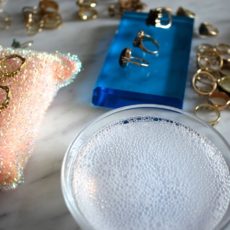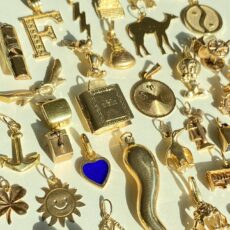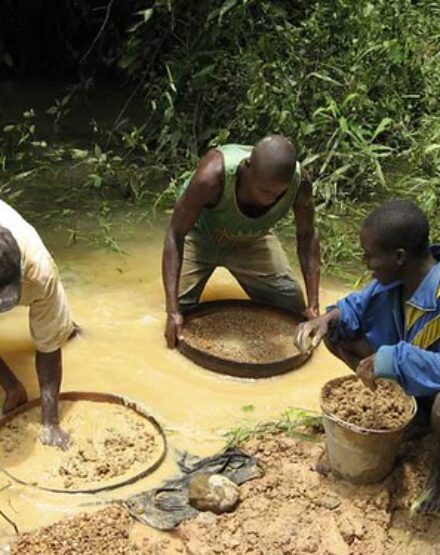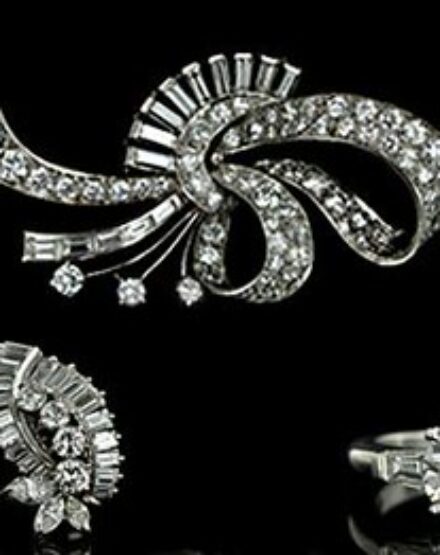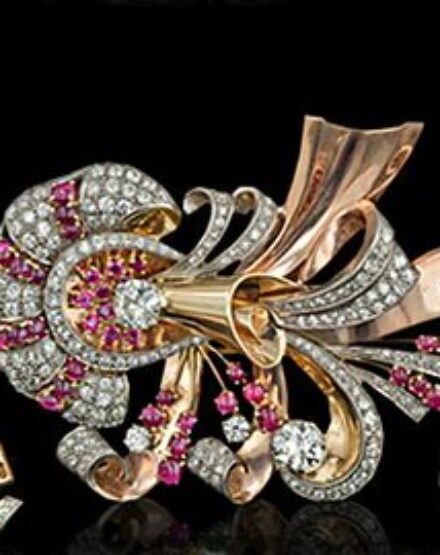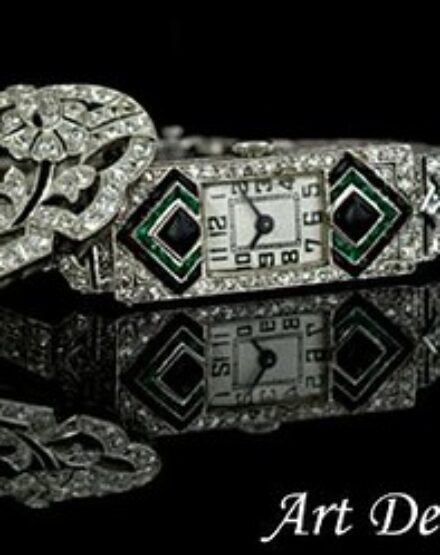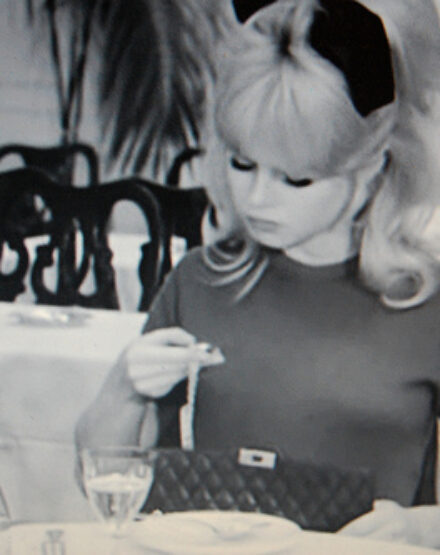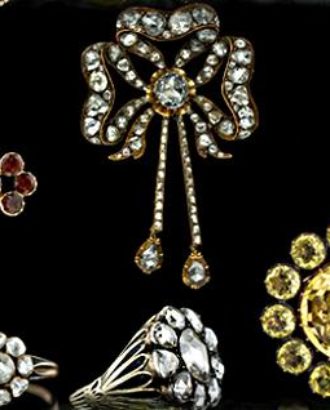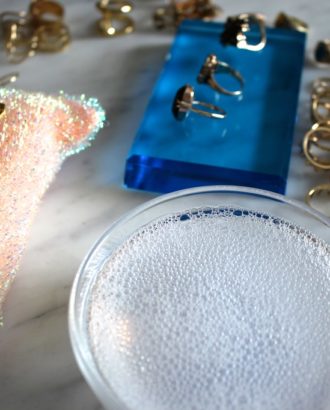National Geographic Special: Diamonds of War
Hulu is a great resource for those who can't find anything worth watching on television. The National Geographic Specials are my favorite, and I recently found a very interesting documentary about the African diamond trade. The special, called Diamonds of War: Africa's Blood Diamond, provides a whole new aspect about diamonds that most never talk about. Aspects that are normally hidden and kept mum are revealed and put on center stage. The journalist, Dominic Cunningham Reid, explores the non-glamorous parts of the diamond trade first-hand, and takes viewers on an eye-opening experience. A shocking statistic shown says: 20% of all diamonds are illicit diamonds. Even more daunting is are the scenes of wars that have been linked to African diamonds, as well as the shear fact that diamonds are incredibly easy to smuggle. Watch the special for yourself to broaden your perspective about diamonds, and help others become more aware! http://www.hulu.com/watch/70093/national-geographic-specials-diamonds-of-war-africas-blood-diamond Read More

